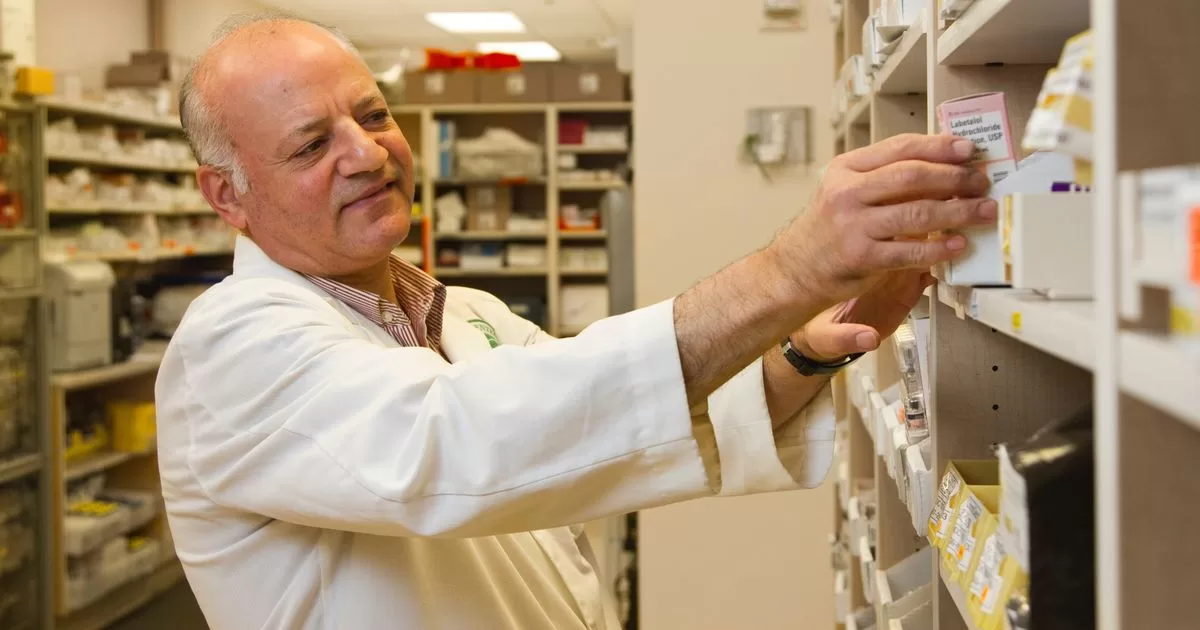Chargeback, or reversal, occurs when a charge is disputed by the cardholder and the amount needs to be returned. This mechanism was created to protect consumers from scams and inappropriate charges. However, the resource has become a headache for e-commerces that, by law, are responsible for bearing the damage.
The operation aims to ensure consumer rights against the risk of cloned cards or defective products. However, on many occasions the request is made improperly, causing several inconveniences for the shopkeepers, especially when the product has already been shipped.
“Chargeback is a problem that affects all e-commerce retailers, but it is an even greater inconvenience for those who are starting in this field, as they are people who often do not even know that the damage from a chargeback falls on the virtual store “, says Bernardo Lustosa, CEO of ClearSale.
5 common mistakes about the chargeback guarantee model
According to Rodrigo de Castro Schiavinato, executive director of partnerships and innovation and partner at Protiviti, some e-commerce companies prefer the fraud prevention model with chargeback reimbursement due to cost management and predictability — since the solution provider bears loss, charging only a percentage of approved transactions.
Some retailers, however, still make the mistake of looking at the model with suspicion. To help retailers, the executive pointed out 5 common mistakes about the chargeback guarantee model.
1. The chargeback guarantee model is a liability shift only
Schiavinato explains that this is not the case. Unlike traditional models, the solution provider necessarily receives data from the generated chargebacks and is able to train its Artificial Intelligence algorithm in a supervised manner.
In this case, accuracy is fundamental for the health of the provider — which will not survive assuming the losses of fraudulent purchases that it approved by mistake. Likewise, the partnership does not hold if the system starts to refuse too many sales.
2. The chargeback guarantee model is just a form of fraud insurance
The statement is imprecise as insurance is taken out against potential risks while fraud is a certainty. In this way, creating insurance against fraud is unsustainable, as it is not a matter of probability, but a recurring situation. Therefore, it is important to see the chargeback guarantee as a model that works on both ends: increasing approvals and eliminating the chargeback value.
According to the executive, in addition to the clear advantage of cost predictability and increased revenue, the chargeback guarantee is also proof of the confidence of the provider and the solution in their mathematical models.
“We see numerous retailers that have gone through bursts of chargebacks for reasons such as changing the fraudster’s behavior, changing the internal structure, or lack of monitoring and outdated fraud indicators, which, in a guaranteed chargeback model, this simply would not happen” , he says.
3. The chargeback guarantee model is more risk averse than other fraud solutions
For Schiavinato, the challenge is to find balance. “And that means, in practice, defining the path to take the approval rates to the limit. And, for the provider to be stimulated in this concept, the correct thing is that he is remunerated only for approved transactions”, he explains.
For the model to work, the solution provider needs to be able to block more fraud while approving more legitimate requests. “If the provider offers a guaranteed chargeback model with fixed revenues per transaction or charging a percentage of the total volume of transactions, regardless of whether they are approved or rejected, it is important to be suspicious of the results, because in this model there is no interest in maximizing sales approvals “, emphasizes.
4. The chargeback guarantee model only offers value to merchants with high-risk segments
According to the executive, scammers have the ability to find and maximize vulnerabilities very quickly. Therefore, “failing to intercept fraudulent activity can lead to tens of thousands of reais in chargebacks in just a few hours.”
Schiavinato explains that while some providers distinguish between ‘safe’ and ‘risky’ segments, experience shows that no product category, payment method or shipping location is safe:
“Some sophisticated fraudsters take advantage of the concept of ‘safe segments’, combining benign items such as socks with more expensive products such as high-value gift cards to add a veneer of respectability to their orders and optimize success,” he points out.
5. The chargeback guarantee model is no different from other fraud prevention solutions with advanced machine learning engines
Although machine learning is a powerful tool against fraud, the executive says there is no substitute for human experience. “Some fraud solution providers boast of relying exclusively on machines. However, it takes a team of experts behind these algorithms to validate some behaviors,” he explains.
The main difference between machine learning and guaranteed chargeback is that they use supervised models, fed on data from billions of transactions and thousands of customers. “That is, Artificial Intelligence does not only look for behavioral patterns and anomalies, but rather learns from its own mistakes and successes”.
The executive concludes by stating that “the chargeback models bring greater comfort to the retailer in the predictability of costs, in the elimination of risks of chargeback overflows and, finally, in the increase of online revenues”.



